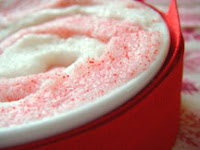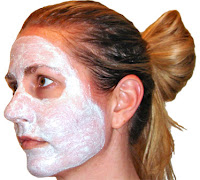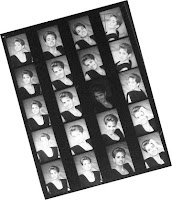
A few months ago I was asked to try out and review Vivesana Organic Sun Care products. Since I'm always on the lookout for more natural products and I'm a sunscreen crazy lady this sounded like a perfect fit. The only snag was that, well, it's Seattle and there's no sun in the middle of April. Or May.
So, it's taken me a few months to get around to really testing the product, but here's the scoop.
Vivesana is the first 70% organic baby and high performance sun care on the market and the first 100% natural sun care with strong protection – the highest all-natural SPF (40 & 42) on the market. And it's the first sun care (as far as they can tell) to use exclusively US-grown organics and domestic, sustainable, BPA-free packaging. Are you noticing a trend here?
What does it all mean? To start, they use photo-protective organic botanicals to triple the SPF provided by natural minerals while providing deep moisturization. They also claim to use potent antioxidants to aid skin before, during and after sun exposure. They also state they removed water, fillers and all synthetics from the products. That means no phthalates, parabens, nanotechnology, plastic tubes, or anything at all from China.
Now that you know all the specs, I'm sure you are wondering about the product itself. I wanted to love this product, even though I'm not exactly sure how the 70% organic version really stacks up to something, say, like Banana Boat, as far as the ingredients go. The products are packaged in those old school metal (aluminum) style tubes and from the get go I was less than enthused because it's really difficult to squeeze it out. I don't consider myself to be lacking in forearm strength but perhaps I need to get back to working out with a squeeze ball or something because it was a struggle. Like shaky arms struggle.
Once I managed to extract some sunscreen, I went to town on my arms and was impressed by how creamy the product is. When they say it provides moisturization, they aren't kidding. Unfortunately, the product never really felt like it was fully absorbed and I was left with slick arms that left stains on my wood dining table when I rested them on it. I certainly didn't overapply and maybe I'm just used to sunscreens for the more finicky type that get absorbed rapidly, but this product did remind me of something we had when I was a kid - sure it provided coverage but at a cost of feeling like I had on a heavy moisturizer.
I must also state that I hate having greasy sunscreen on any of my appendages to the point of distraction. So, between that and the grease marks I was leaving behind, I ended up washing my arms. I must say that I was impressed because, even after washing my arms, the water still beaded off. Truly a water resistant product here.
I would definitely recommend this product for someone who has very sensitive skin or allergies to sunscreen or is very concerned about what is in their sunscreen and doesn't mind the tackiness, er, moisturizing. The biggest drawback, however, is that it sells for $30 for a 2.25 ounce tube. If I were to use 1 ounce a day (as
recommended by the AAD) for coverage, well, you can do the math - that's about $400 for a month's worth of sunscreen.
What's your favorite sunscreen? Do you consistently use it or only when you are planning a day outside?
 None of this should come as a surprise to you if you've been reading the posts and comments over the last few entries, but based on someone else's comment and my own research, you can use coconut oil to remove your eye (or any) makeup. Since I only wear mineral makeup on my face, I'm not too concerned about getting that off with the honey facial wash, but I have been using an Estee Lauder eye makeup remover to get my eye makeup off since I don't really want to get honey in my eyes.
None of this should come as a surprise to you if you've been reading the posts and comments over the last few entries, but based on someone else's comment and my own research, you can use coconut oil to remove your eye (or any) makeup. Since I only wear mineral makeup on my face, I'm not too concerned about getting that off with the honey facial wash, but I have been using an Estee Lauder eye makeup remover to get my eye makeup off since I don't really want to get honey in my eyes.





















